A particle is moving under the influence of a force which is fixed in magnitude and acting at an angle θ in the direction of motion. The path described by the particle is
a circle
an ellipse
a parabola
a straight line
The correct Answer is:C
If the fixed force acts at angle θ in the direction of motion, the path described by the particle is parabola.
Topper's Solved these Questions
- NEWTONS LAWS OF MOTIONBook:ALLENChapter:NEWTONS LAWS OF MOTIONExercise:EXERCISE-II
Explore 112 Videos
- NEWTONS LAWS OF MOTIONBook:ALLENChapter:NEWTONS LAWS OF MOTIONExercise:EXERCISE-III
Explore 28 Videos
- NEWTONS LAWS OF MOTIONBook:ALLENChapter:NEWTONS LAWS OF MOTIONExercise:SWOE
Explore 44 Videos
- NEWTON'S LAWS OF MOTION & FRICTIONBook:ALLENChapter:NEWTON'S LAWS OF MOTION & FRICTIONExercise:EXERCISE (JA)
Explore 4 Videos
- RACEBook:ALLENChapter:RACEExercise:Basic Maths (Wave Motion & Dopplers Effect) (Stationary waves & doppler effect, beats)
Explore 25 Videos
Similar Questions
A particle moves in x-y plane in figure under the influence of a friction force with magnitude 3.00N and acting in the direction opposite to the particle's displacement. Calculate the work done by the friction force on particle as it moves along the following closed paths: (a) path OA followed by AC and return path AO, (b) path OA followed by AC and the return path CO, (c) path OC followed by the return path CO, and (d) each of your three answers should be non-zero. What is the significant of this observation?
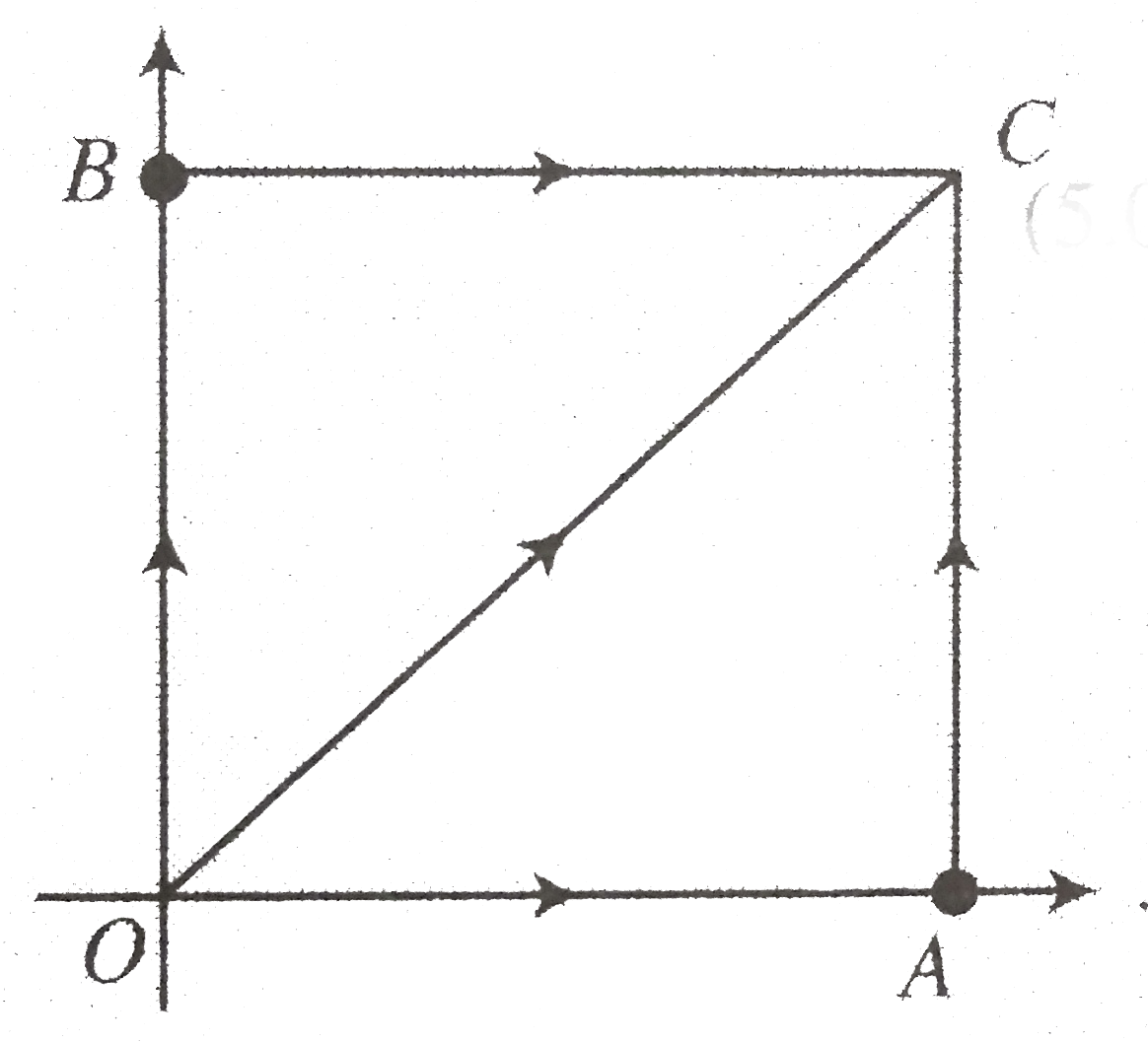
View SolutionA charged particle q is moving in the presence of a magnetic field B which is inclined to an angle 30° with the direction of the motion of the particle. Draw the trajectory followed by the particle in the presence of the field and explain how the particle describes this path.
View Solution
Knowledge Check
The path of a particle moving under the influence of a force fixed in magnitude and direction is [
AStraight lineBCircleCParabolaDEllipseA particle at rest on a frictionless table is acted upon by a horizontal force which is constant in magnitude and direction. A graph is plotted of the work done on the particle W, against the speed of the particle v. If there are no frictional forces acting on the particle, the graph will look like
A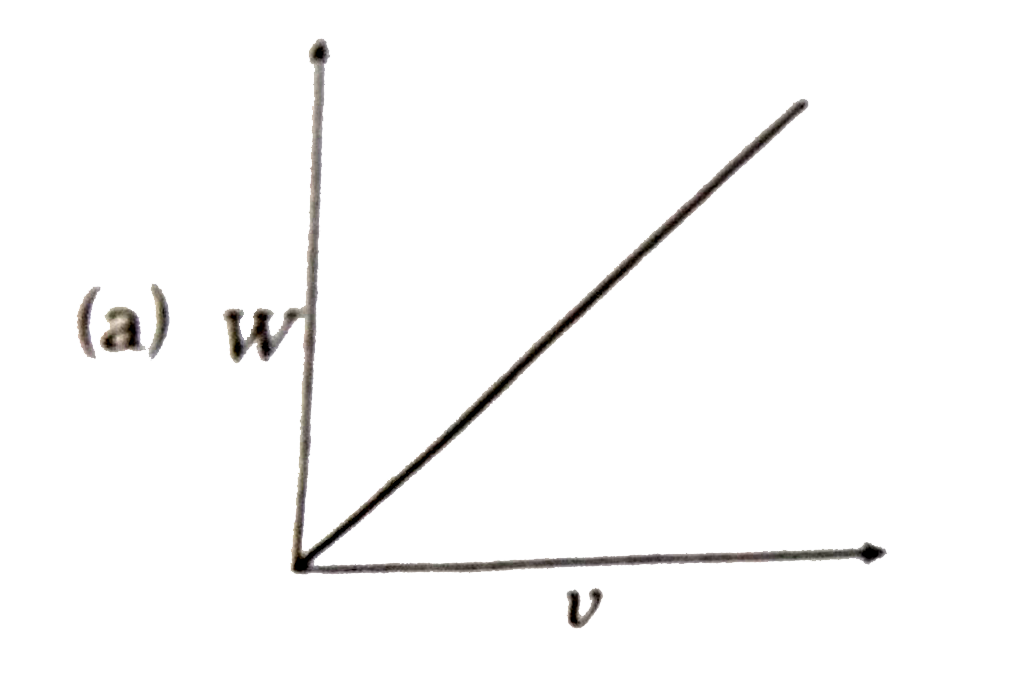 B
B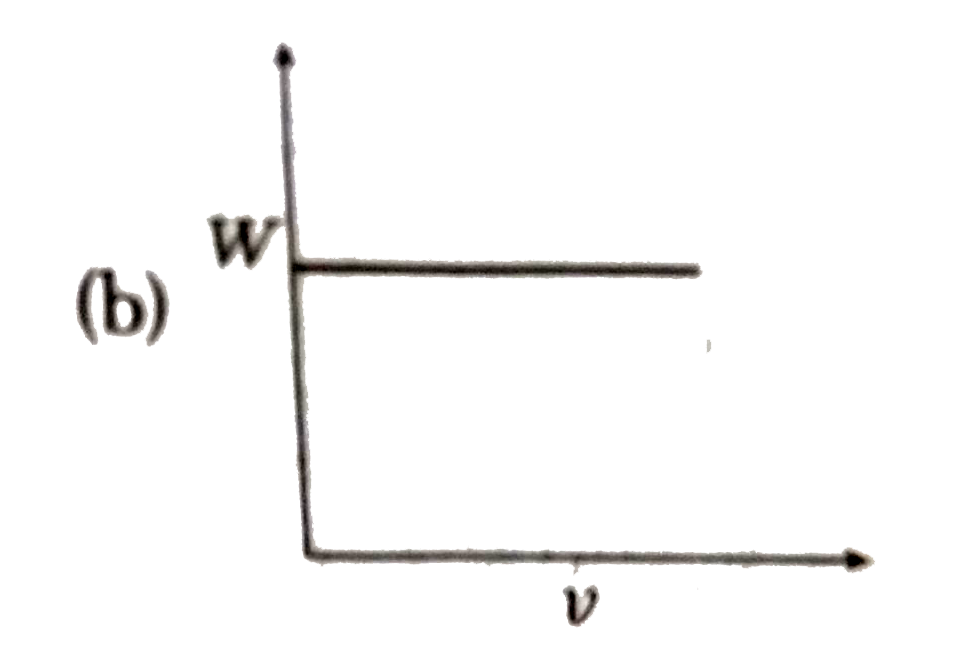 C
C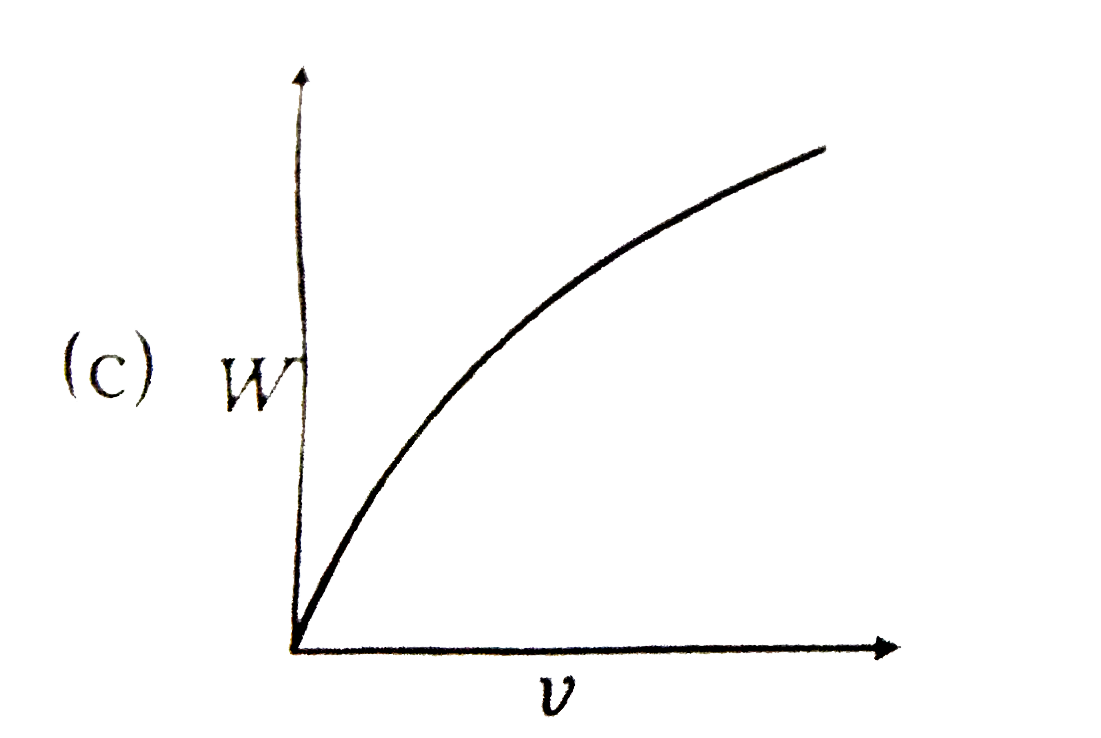 D
D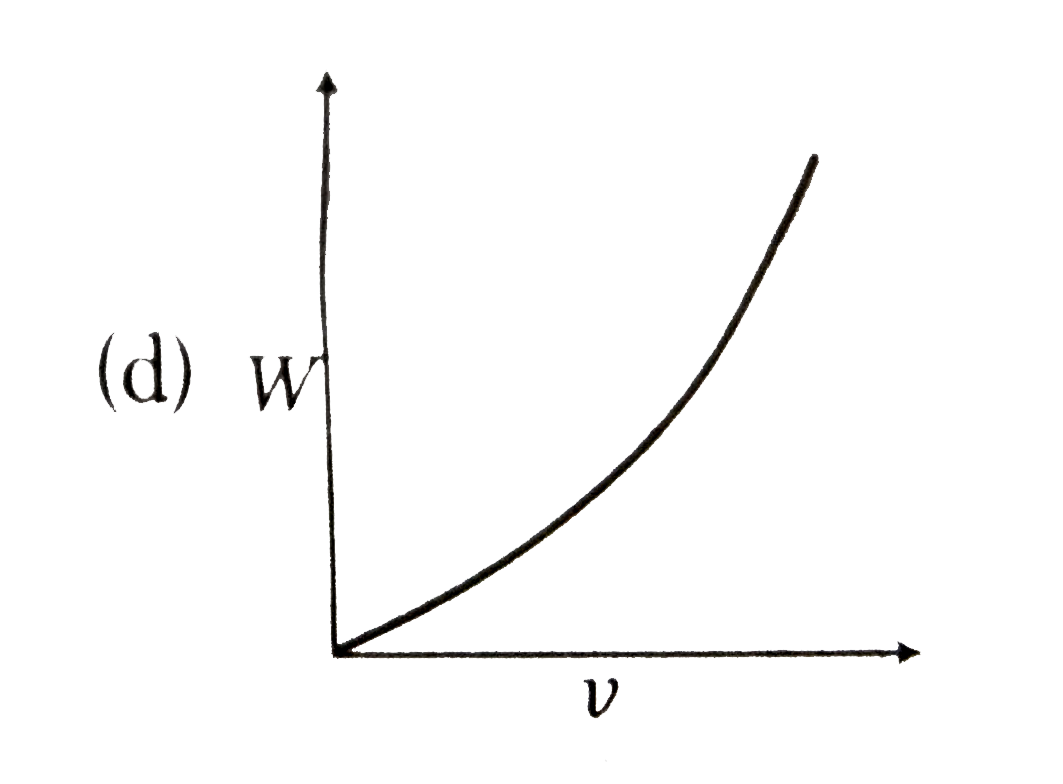
When a force of constant magnitude and a fixed direction acts on a moving object, then its path is -
AcircularBparabolicCStraight lineDEither (B) or (C)
A particle is moving in x direction,under the influence of force F=pi sin pi x. Find the work done by another external agent (in J) in slowly moving a particle from x=0 to x=0.5
View SolutionA deuteron and an alpha particle having same momentum are in turn allowed to pass through a magnetic field B, acting normal to the direction of motion of the particles. Calculate the ratio of the radii of the circular paths described by them.
View SolutionA particle moving along a circular path due to a centripetal force having constant magnitude is an example of motion with :
View SolutionA particle of mass m starts moving from origin along a horizontal x-y plane under the influence of a force of constant magnitude F ( which is always parallel to the x-axis ) and a constraint force. The trajectory of its motion is f(x)=xx2+1. Then,
View SolutionA charged particle moving in a unifrom magnetic experiences a force of maximum magnitude when direction of motion of charged particle is .
View Solution